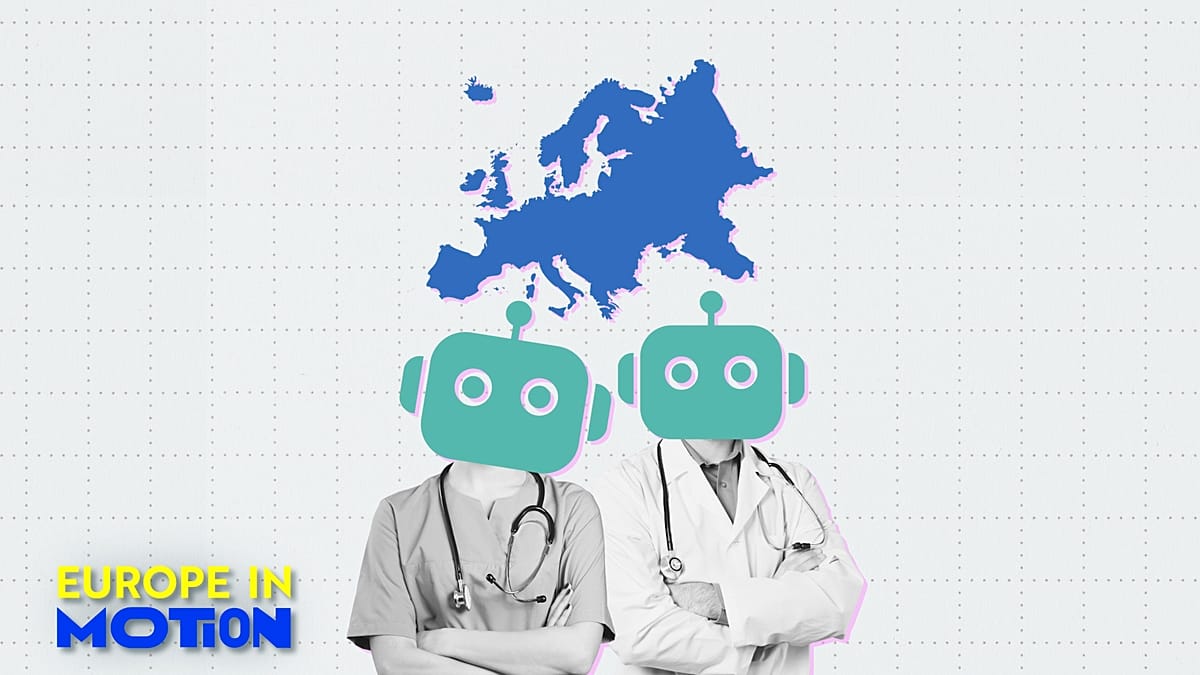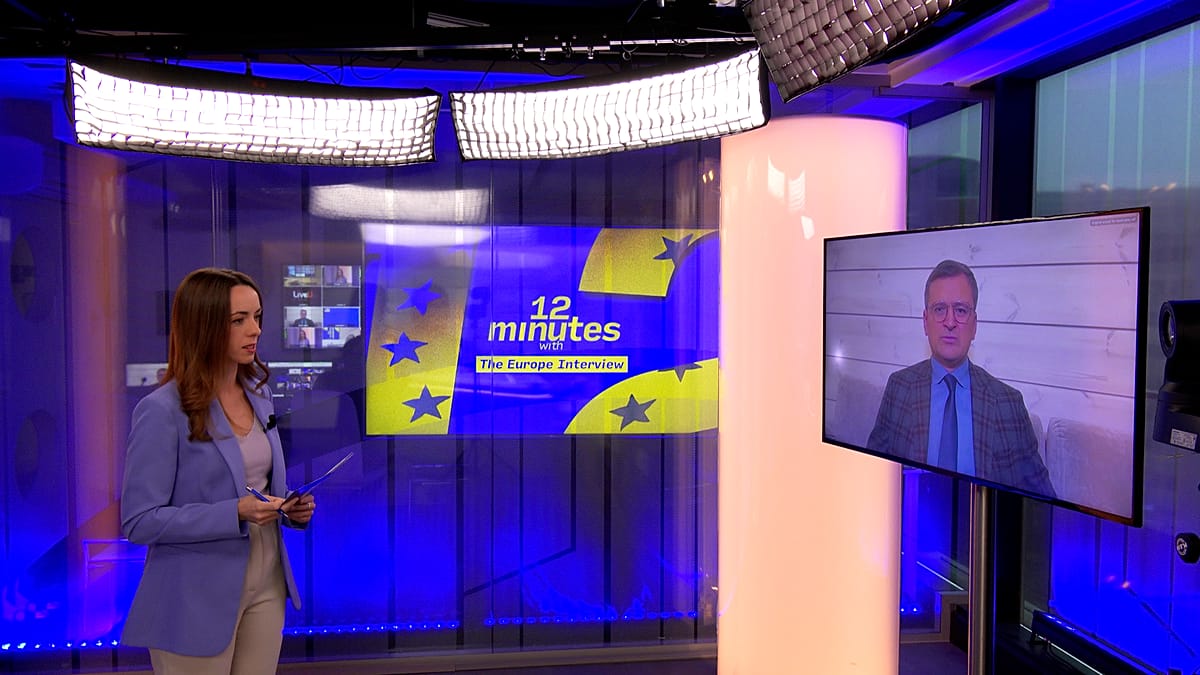Amid widespread concerns over the future of artificial intelligence (AI), many say that it presents more opportunities than risks.
In its first study on AI integration in European health systems, the World Health Organization (WHO) says AI can enhance healthcare and alleviate pressure on overworked staff.
Most European and Eurasian countries — 50 surveyed in total — are delivering.
Despite the presence of legal voids, AI is already being employed for critical tasks.
Which countries have already enforced AI-diagnostics?
The most common use is in diagnostics, reported by 64% of countries, in sectors like ophthalmology, radiology or dermatology.
France, Portugal, Hungary, Sweden and the Netherlands — among others — have already been using AI-assisted diagnostics for the past two years and plan to continue, says the organisation.
Others, like the UK and or Italy, have only enforced it “informally”, thus in a few clinical facilities only, in the absence of formal processes and policies, while another group of countries — including Spain, Poland, Belgium, Serbia and or Ukraine — are still trialling it.
In some cases, AI-assisted diagnostics can significantly shorten the duration of some exams.
In a project aimed at improving radiotherapy, Slovakia’s health authorities used a software that automated organ-countouring processes, resulting in a 50% reduction of the time spent by oncologists, at the same time ensuring adherence to “modern international standards”, according to the WHO.
The second most common AI use, reported by 50% of the countries, is for chatbots to assist patients, followed by the automation of logistics and administrative tasks (40%).
Who’s ahead in AI implementation and what are the main barriers?
France and Spain emerge as the two leading nations among Europe’s top five economies, with the most established AI applications. Germany did not take part in this section of the survey.
France ticks all the aforementioned AI-application boxes, with surgery, diagnostics and symptom checkers already having established AI practices, and the rest in a pilot phase.
Spain has already established clear practices for AI-assisted surgery, administrative tasks and chatbots, while chatbots are the only clearly established AI application in British healthcare; everything else is either taking place informally or in a trial phase in the UK.
Italy has no codified AI applications, but reports informal AI use in all seven fields.
Money isn’t the biggest problem: What’s slowing AI enforcement?
According to the report, legal uncertainty is the main hurdle when it comes to using artificial intelligence in health, cited by 86% of countries, even surpassing financial affordability, which is the second most reported barrier (78%).
Regarding legal loopholes, the WHO states that progress is nonetheless being made.
“Over half (54% 27 out of 50) of states reported having one or more regulatory agencies responsible for assessing and approving AI systems in health”, adding, however, that “fewer had agencies tasked with monitoring adoption and use”.
“Encouragingly, cross-country regulatory collaboration is beginning to emerge, with several Member States sharing knowledge and resources to strengthen AI governance in the health sector,” the report says.
What do European states want to use AI for?
The WHO survey indicates that states are mainly turning to AI to address issues in the immediate present.
Improving patient care (70%), alleviating pressure on medical staff (62%) and reducing inefficiencies (54%) were indicated by most as issues of “major relevance”.
At the same time, fewer than half of the surveyed countries said the same for “advancing research and drug discovery” (24%) and “reducing inequalities” (38%).












